Rose Pink White Plant
₹439.00 ₹329.00
A rose is a woody perennial flowering plant of the genus Rosa, in the family Rosaceae, or the flower it bears. There are over a hundred species and thousands of cultivars. They form a group of plants that can be erect shrubs, climbing or trailing with stems that are often armed with sharp prickles.
Description
Purchase Description
- Rose (Pink White) Plant
- Product Material : Natural Plant With Pot , Quantity : 1
- Pot : Height : 5 Inches (13 cm), Pot Colour : Black (Plastic)
- Very easy to maintain and Suitable for gifting to Plant Lovers
Plant Description
Flowers vary in size and shape and are usually large and showy, in colours ranging from white through yellows and reds. Most species are native to Asia, with smaller numbers native to Europe, North America, and northwestern Africa. Species, cultivars and hybrids are all widely grown for their beauty and often are fragrant. Roses have acquired cultural significance in many societies. Rose plants range in size from compact, miniature roses, to climbers that can reach seven meters in height. Different species hybridize easily, and this has been used in the development of the wide range of garden roses.
The leaves are borne alternately on the stem. In most species they are 5 to 15 centimetres (2.0 to 5.9 in) long, pinnate, with (3–) 5–9 (–13) leaflets and basal stipules; the leaflets usually have a serrated margin, and often a few small prickles on the underside of the stem. Most roses are deciduous but a few (particularly from South east Asia) are evergreen or nearly so.
- Temperature – These tropical beauties prefer warm temperatures that are between 65 and 75 degrees Fahrenheit. It will not tolerate temperatures that drop below 55 degrees Fahrenheit, and cold drafts of wind can cause the leaves to form brown spots. High humidity is also recommended to keep the leaf tips from turning brown.
- Soil – This plant prefers soil that is rich in nutrients as well as a bit on the acidic side. I like to use a peat moss, sand, and bark mixture that is heavily aerated and drains well.
- Fertilizer – Every spring you should feed your areca palm a time release.This will ensure that it is receiving the proper nutrients that it needs to grow during the spring and summer months of the year. You should also give the plant a once a month during the growing season. The fronds of the palm will benefit from a micronutrient spray, so use a diluted mixture that you can spritz directly on the leaves. Do not fertilize the plant during the winter. It will not need the extra nutrients when it is not growing, so the salt that is present in the fertilizer will simply sit in the soil.
- Disclaimer: The image is for reference purposes only. The actual product may vary in shape or appearance based on climate, age, height, etc.
Only logged in customers who have purchased this product may leave a review.



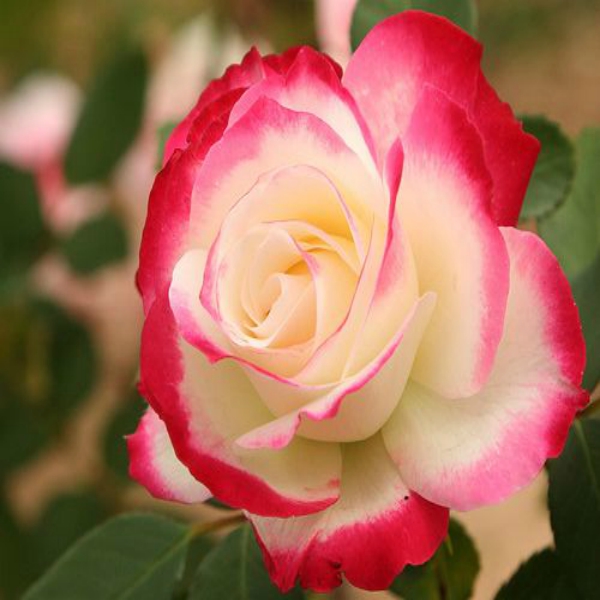
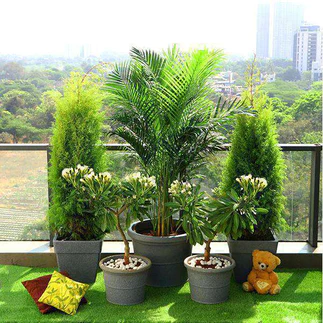
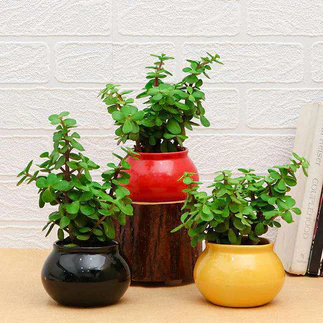
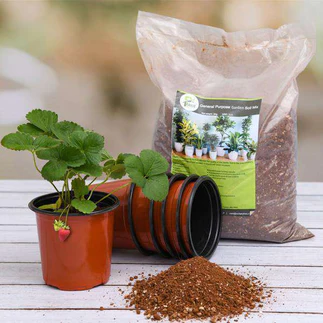
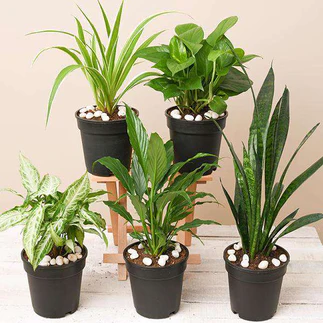
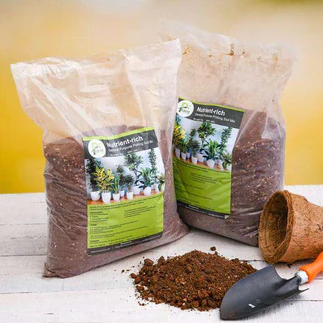
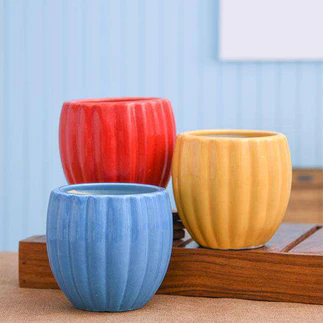
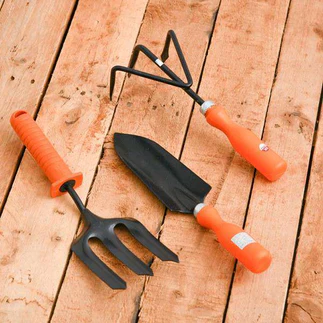
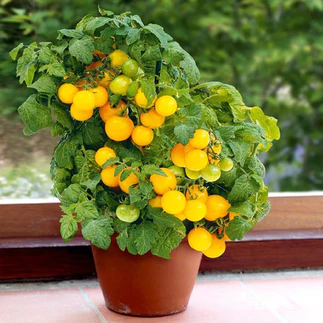
Reviews
There are no reviews yet.